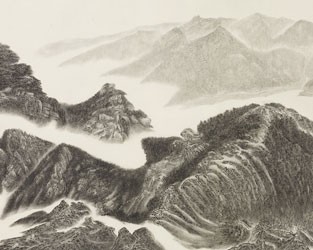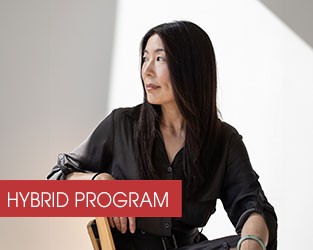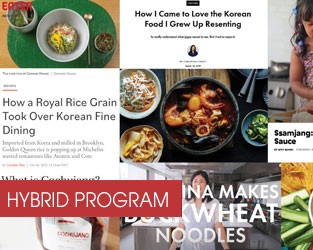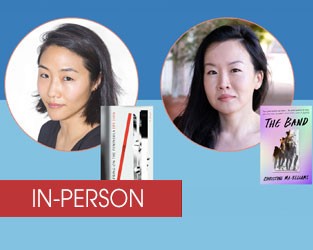![]()
February 22—March 31, 2011
Traditional Korean quilting, with its unique “nubi” line-stitching, is elevated to a high art under the masterful hands of award-winning artisan Haeja Kim. A designated holder of an Important Intangible Cultural Property award by the Korean government for her efforts at preserving Korea’s artistic heritage, Kim meticulously line-stitches layers of batting and fabric into fine garments and coverings. The tiny stitches are employed over each article in a deceptively simple pattern, with smaller stitching highly valued and the mark of a true expert.
Nubi textiles are thought to have originated among Buddhist monks, who valued its strength, simplicity, and insulation against Korea’s frigid winters. Lay people employed it for traditional dress and soldiers for defense against the cold and added physical protection. However, the hand-craft of nubi largely disappeared in modern times with the introduction of the sewing machine.
The items selected for this special showing are grouped in three parts:
Children’s Clothing—February 22–March 4
Adult Clothing—March 7–18
Children’s Ceremonial Clothing—March 21–31
ABOUT THE ARTIST
Master Kim has been breathing new life into the art ever since she surprised visitors to the Korea Annual Traditional Art Exhibition two decades ago with 3mm-5mm nubi stitchwork—a feat, not seen for a century, that won the Prime Minister’s Award. Today, she is much sought after as a teacher and master of the form. In her humble and elegant rural studio, surrounded by attentive student apprentices, she displays a unique dedication to craft, hand-processing her fabrics with natural dyes like indigo, safflower, and charcoal. Her work has been exhibited in Korea, Japan, China, and France. This exhibition at The Korea Society represents Kim’s first major U.S. showing.








